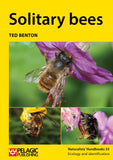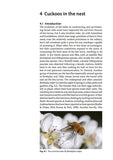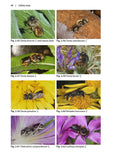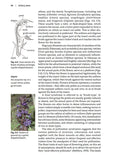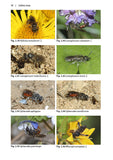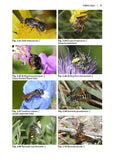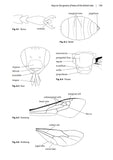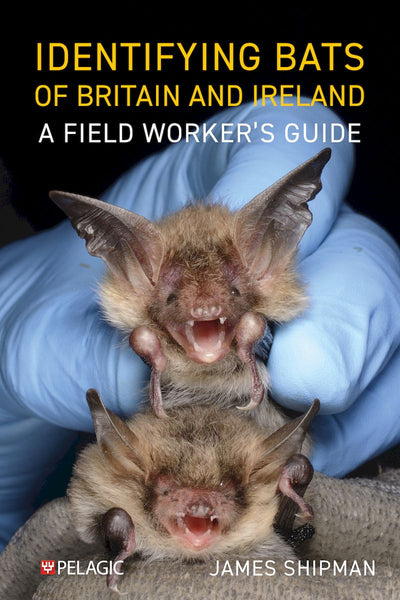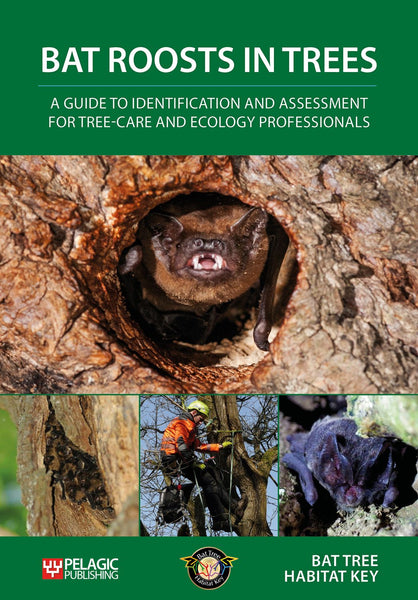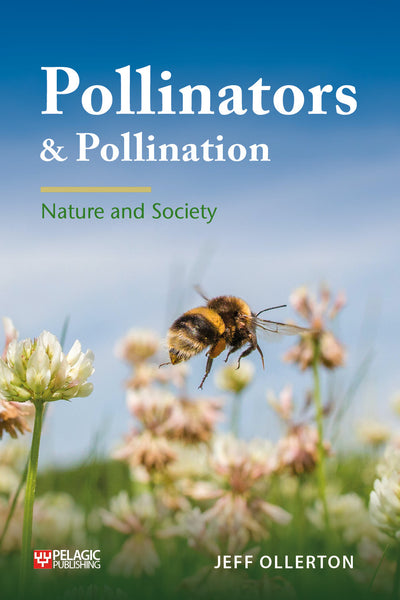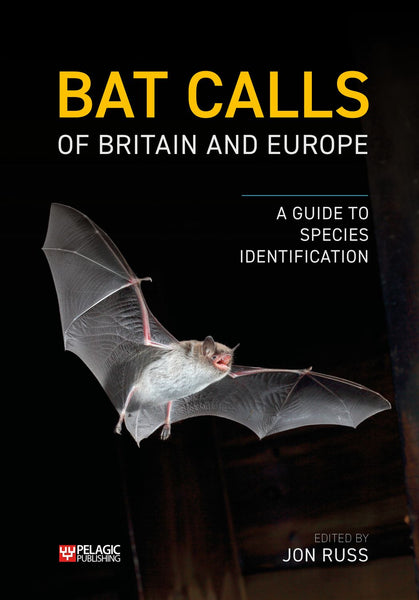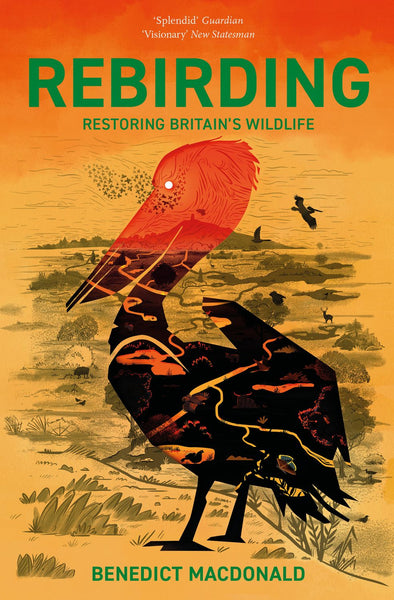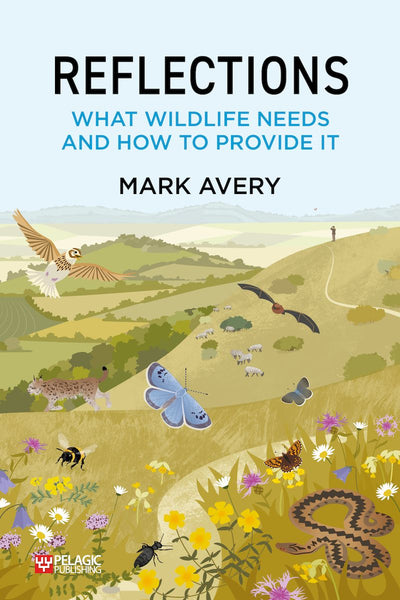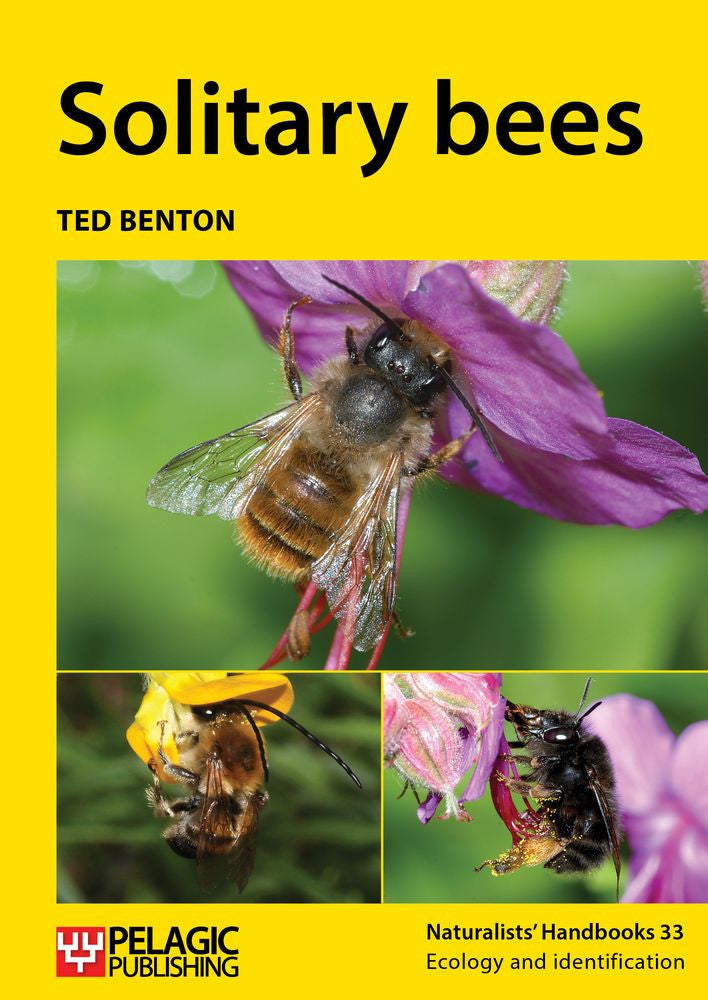
Solitary bees
- Identification key to bee genera by Graham A. Collins
- The biology and ecology of solitary bees
- Practical guidance to watching and studying solitary bees
- Excellent photographs, mostly taken by the author himself, combine with the descriptions to make a very attractive and readable book, while comprehensive keys to all our bee genera make it a useful research tool for professionals and students alike.
—Michael Chinery
- bees
- entomology
- hymenoptera
- identification
- insects
- solitary bees
- taxonomy
Trailer Video
Description
In Britain and Ireland there are about ten times more species of solitary bee than bumblebee and honeybee combined, yet the solitary bees tend to be ignored and we know much less about them. They are a fascinating, attractive and diverse group that can be found easily in a wide range of habitats, both urban and rural, and they are important as pollinators.
Solitary bees provides an introduction to the natural history, ecology and conservation of solitary bees, together with an easy-to-use key to genera.
Chapters cover: Diversity and recognition; Bee lives; Cuckoos in the nest; Bees and flowers; The conservation of solitary bees; Approaches to practical work; Keys to the genera of bees of the British Isles - Females and Males; and References and further reading.
Readership
Sixth-form, undergraduate, postgraduate, field centre, ecological consultant, wildlife trust, conservation volunteerTable of Contents
1 Introduction
2 Diversity and recognition
3 Bee lives
4 Cuckoos in the nest
5 Bees and flowers
6 The conservation of solitary bees
7 Approaches to practical work
8 Keys to the genera of bees of the British Isles
9 References and further reading
Index
Reviews
- Already well known for his comprehensive and highly acclaimed book on our bumblebees, Ted Benton has now turned his attention their solitary cousins – insects that we see all around us without knowing much about them or even knowing what they are. We have over 200 species in Britain and Ted’s detailed descriptions of many of the commoner species and their diverse life styles and habitats will surely open up a whole new world of natural history and make the reader much more aware of these fascinating and extremely useful insects. Excellent photographs, mostly taken by the author himself, combine with the descriptions to make a very attractive and readable book, while comprehensive keys to all our bee genera make it a useful research tool for professionals and students alike – a good starting point for more in-depth studies. —Michael Chinery
- As soon as I read the introduction, I knew it would be an informative factual guide, yet written in Benton’s warm accessible style - despite his obvious authority in his subject. —Amanda, BuzzAboutBees.net
- For the first time ever in the UK, a new book devoted to solitary bees. Readable and affordable, suitable for the non-specialist as well as solitary bee devotees. —Marc Carlton, Foxleas.com
- I’m hoping that I will learn to really sort out who is who on my flowers and who is doing what to whom in the bee houses. I’ve set myself the task of slowly reading this volume as my first attempts found me realising that I need to absorb a great deal to make these distinctions. The book together with my ID guide will, I am sure provide the answers if I have the wit to absorb them. I guess my first impression is that it’s not a straightforward task and that this book is not set out like a field guide so I’m going to have to work a bit harder, but my first foraging between its covers has already convinced me the effort will be worthwhile. —Bo Beolens, Fatbirder
- Highly recommended to anyone interested in learning more about the fascinating lives of solitary bees. —Bombus Review, Bumblebee Conservation Trust
- The handbook is a very thorough introduction to solitary bees, giving sources of evidence and a long reference list. It is illustrated with diagrams and superb images of bees taken by the author, partly for identification, but also showing behavioural sequences of mating, collecting food and nest building. —Nick Owens, Country-Side, British Naturalists' Association
- ...this book is primarily not about identification but, rather, about encouraging the study of these fascinating insects, and in that respect it succeeds admirably. —Adrian Knowles, British Wildlife
- The colorful photographic examples of flora and fauna included with the superb text richly embellish this bee identification handbook. —Rita Hoots, National Science Teachers Association
- Ted has undoubtedly succeeded in producing a thoroughly comprehensive introductory account to the biology of our native solitary bees. Numerous colour figures throughout the text add to the book's quality and usefulness, though some of the habitats are far too small to be appreciated. At times the text is dense but, once understood, totally rewarding. Another strong feature of this Handbook is the huge stack of references to bee biology rarely mentioned in classical identification guides. —John Badmin, British Journal of Entomology and Natural History
- If you are interested in learning more about the fascinating lives of solitary bees, this book is worth reading at least once and probably several times to absorb the wealth of information it contains. —Teresa Frost, BTO About Birds
- This excellent new Naturalist Handbook provides a way for the interested amateur to begin identifying at least some of these bees. —Bees for Development Journal
- Prof Benton has brought together a superb review of current knowledge about these creatures. It will give any beekeeper or naturalist a sound introduction and be a stepping stone to a fully comprehensive text. The high standard of this book will encourage me to look at others in the Pelagic series.—John Hill, British Beekeepers' Association News
- This well laid out, attractive book is an excellent addition to the Naturalists’ Handbooks series and a must for anybody with an interest in bees. —Peter Brown, Amateur Entomologists' Society Bulletin
- I feel that this book is a terrific addition to the library of any beekeeper who is interested in other pollinators and would like to understand the way in which the environment affects their small, vital and undervalued lives. —The Irish Beekeeper
- The best parts of the book - and they are splendid - are based chiefly on diligent field observation, which is meticulous and well described. Benton has an infectious passion for invertebrates in general - he is author of the New Naturalist volumes on Bumblebees and Grasshoppers and Crickets as well as A Naturalist's Guide to the Butterflies of Britain and Northern Europe. His enthusiasm should go a long way towards encouraging readers to look carefully at the wonders which are around them in the world of bees. —Jeremy Early, BWARS Newsletter
- Solitary Bees, will serve naturalists curious about the bee fauna that resides in the British Isles. This book is generously illustrated, with 176 color photographs representing all of the Isles’ bee genera and the more common or recognizable representatives of its more than 200 nonsocial species. —James H. Cane, Quarterly Review of Biology
- ...an excellent book and will provide a useful starting point for anyone wishing to study this oft-overlooked group of insects. Indeed, the reader’s garden is as good a place as any to start (some enthusiasts have enticed into their gardens and recorded up to 100 species!). —Peter Anderson, School Science Review
- Benton's strength throughout is in good quality personal observation, related to sound scientific evidence concerning behaviour and autecology. There are few authors so adept at gripping the attention through some quite difficult patterns of thought. The chapters on Bee lives; Cuckoos in the nest and Bees and flowers give anyone something to work at - including source references. The book is worth its modest cost for these chapters alone. —Mike Edwards, Antenna
- ...a highly accessible introduction to the natural history, ecology and conservation of the solitary bees. —Jeanne Robinson, Glasgow Naturalist
About the Author
Ted Benton is emeritus professor of sociology at University of Essex, where he has pioneered the integration of ecological understanding with social theory. He has been an active field naturalist since childhood, and is author or co-author of eight books on entomological topics, in addition to his academic publications and a recent book on Alfred Russel Wallace. His two books in the New Naturalist series (Bumblebees (2006) and Grasshoppers and Crickets (2012)) have both been highly praised. He is hon. President of Colchester Natural History Society, a founder member of the Red-Green Study Group and is involved in environmental campaigning.
Bibliographic Information
 208 pages
208 pages - 176 colour figures, 65 b&w figures
- BISAC NAT017000, SCI070020, SCI025000
- BIC PSVT7, WNCN, PSVS, TVHH






